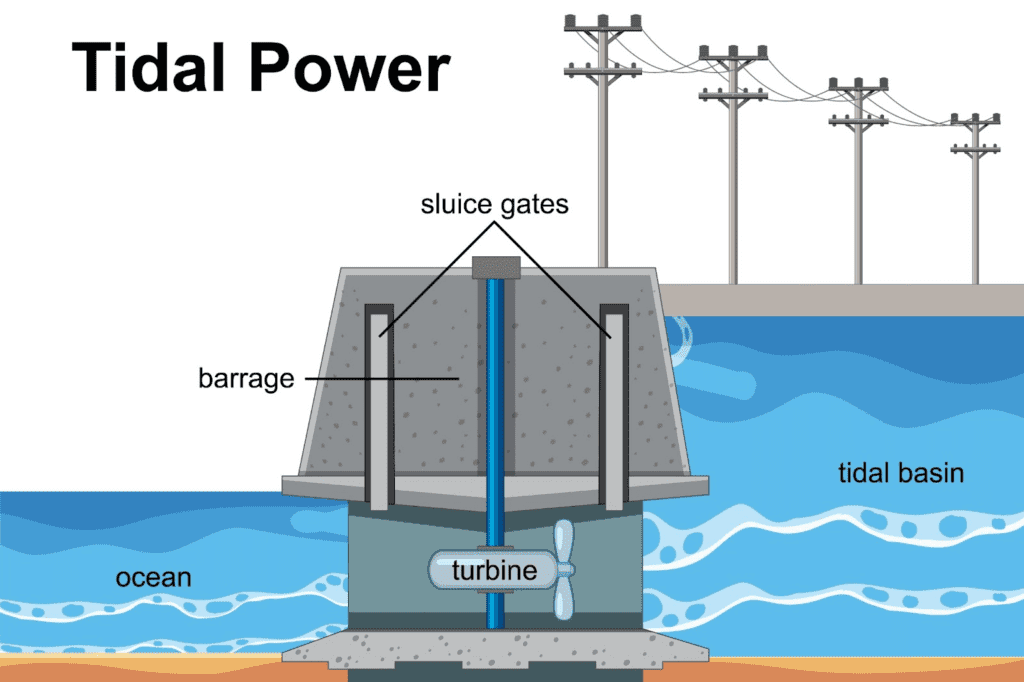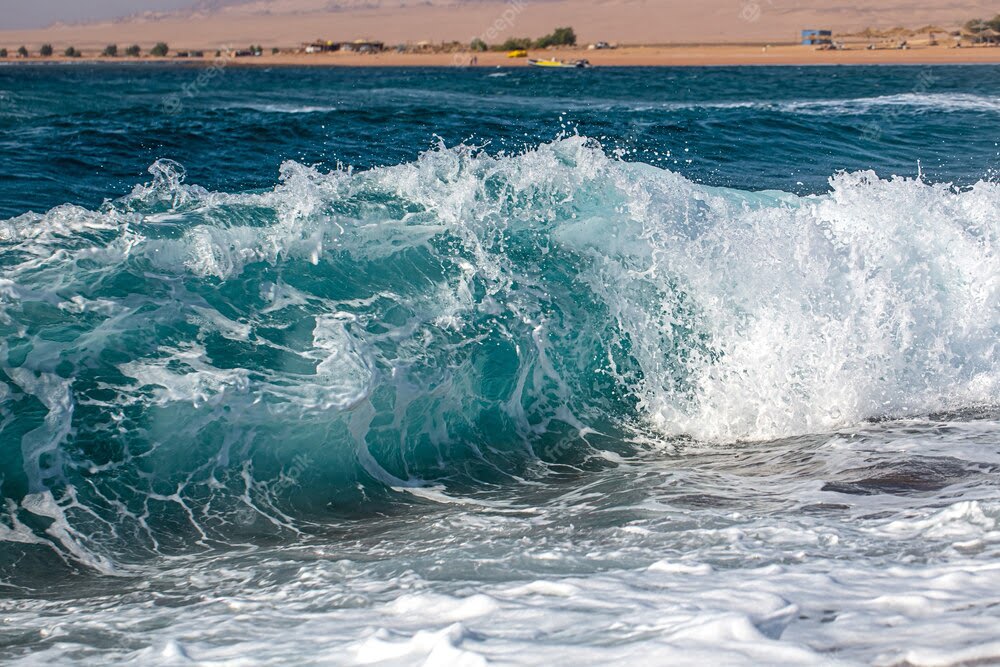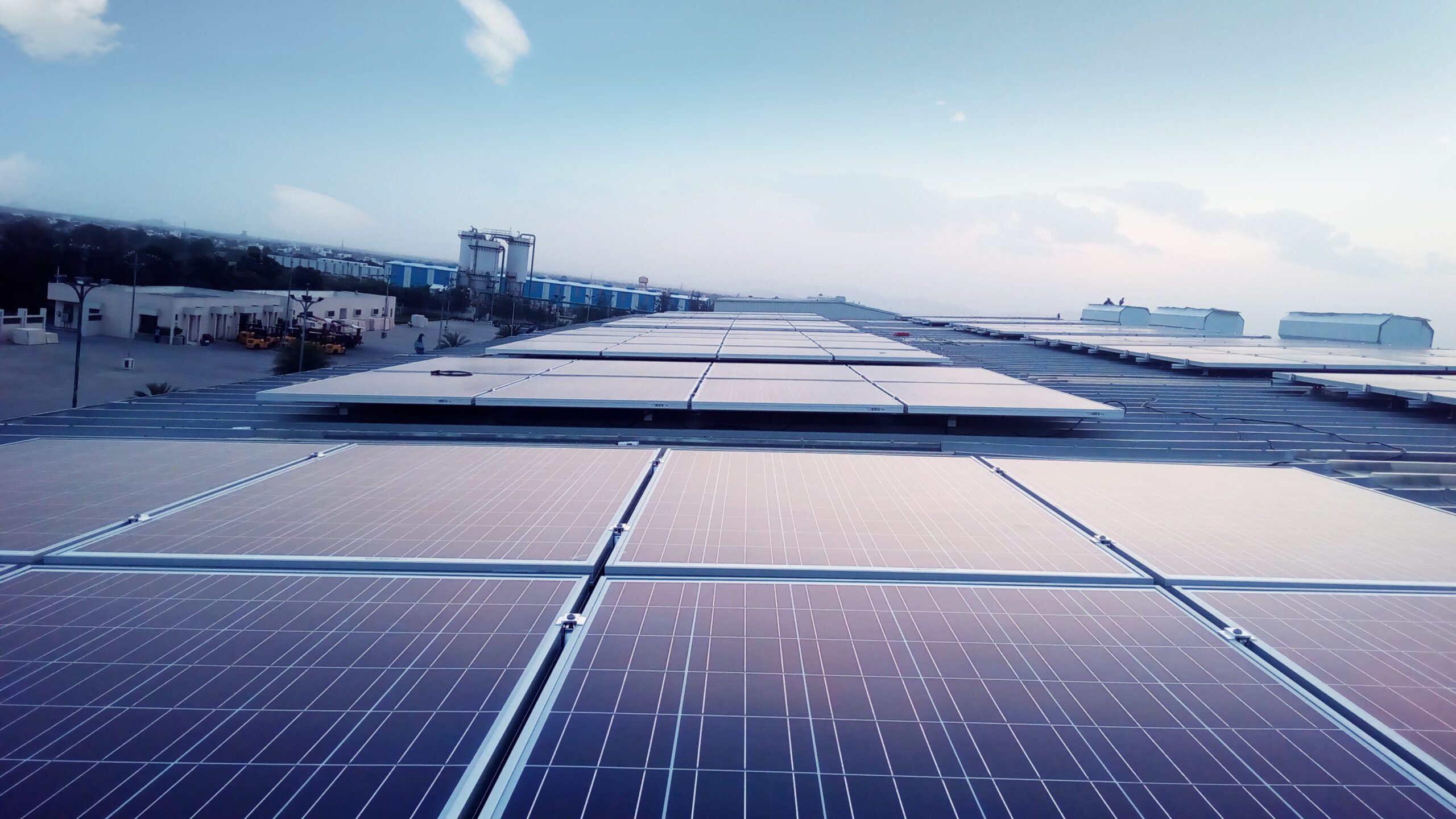Table of Contents
Some of you who have been to the beaches might have noticed that at some time of the day, water in the ocean starts receding from the shore and recedes around ten to fifteen meters then after some time, the ocean water level again rises. This is a widespread phenomenon that happens on the shores; the rise and fall of the water are known as tides. tides change four times a day every day this is a result of the earth rotating through bulges of ocean water formed by the gravitational influence of the Sun and Moon.
We experience more significant tides called spring tides, when the Sun is aligned with the moon allowing the gravitational force to combine this, corresponds to the new and full moon phases of the Moon and we experience smaller tides and smaller differences in high and low tides. During neap tides, this occurs when the moon is at 1/4 face offset to the Sun by 90 degrees meaning our tides are not only smaller in total but the changes in tide are minimized.
While their intensity does vary these tidal changes come four times a day, and result in a flow of water that will look something like this for a spring tide and this for an ape tied with the spring tide not only resulting in a higher tide but a faster flow of water which means more energy is available for extraction these patterns can be projected well into the future We can use the energy from the tides to generate electricity.
How is Tidal Energy the New Frontier in Renewable Power
The tides stick a turbine in the water as it flows in or out, you can make electricity with the same principle that wind turbines use. Moving water makes the turbine spin, this powers a gearbox and a generator which turns mechanical energy into electric energy. Water is over 800 times denser than air which means that tidal turbines need to be sturdier, but they can be smaller and slower and still individually produce more power than wind turbines.

The wind starts and stops blowing somewhat randomly and the sun isn’t always out. So these renewables can be difficult to integrate into the grid. Tides, as we know, are really, really predictable and consistent. So, if batteries are charged when tides are flowing, we could use those batteries each time there is no movement and repeat them at regular intervals. The other option is fossil fuels but let’s not even go there.
Types of Tidal Energy Extraction Systems
Tidal Range
Range power extraction system takes advantage of the difference between the high and the low tide. which can go up to 12 meters. This works by building a dam across a region where the seawater meets the land.
The shape of these bays or estuaries magnifies the difference between the high and low tides. How it actually works is the gates of the dam are first until the difference in the water level builds up to the highest point.
And then the water is allowed to flow in. As it does so, a turbine below collects and converts all that delicious energy into electricity. Many tidal plants can actually work when the water flows the other way too, which means they could work between 18 and 22 hours every day. This kind of tidal power has been around for decades.
Tidal Stream
Tidal stream power is showing more promise at the moment with its simpler devices that depend on underwater currents caused by the tides. They vary in shape and design. The most common are breeze turbines, like wind turbines, that can be set up in clusters in wind farms underwater. There’s an underwater kite that flies in a figure of eight.

Like the wind lifts a kite currents in the water speed it up in turn producing more energy.
They’re tethered to the sea floor but the turbines remain close to the surface which means the undersea work is cheaper and they can be moved around. Compared to wind or solar energy though, tidal has been slow for a reason you might have guessed. Sadly, a lot of the solutions are really expensive.
Energy Projects Around the World
1.Sihwa Lake Tidal Power Station
This is the largest tidal power plant in the world, located in South Korea, and began its operation in August 2011. It has an installed capacity of 254 MW, produced by 10 turbines.
2.Rance Tidal Power Station
It is the world’s first tidal power plant and is located in France. It has an installed capacity of 240 MW, generated by 24 turbines.
3.Annapolis Tidal Station
It is the only tidal power plant in North America, located in Nova Scotia, Canada. It has an installed capacity of 20 MW, generated by 20 turbines.
4.MeyGen Tidal Energy Project
It is located in Scotland, UK, and is the largest tidal power project in Europe, with an installed capacity of 6 MW generated by 4 turbines.
5.Jiangxia Tidal Power Station
It is located in China and has an installed capacity of 3.2 MW, generated by 8 turbines. It is considered the second-largest tidal power plant in Asia.
Advantages of Tidal Energy
Tidal energy has some great advantages! For starters, it’s renewable, so we don’t have to worry about it running out like fossil fuels. The tides are caused by the moon and sun’s gravitational pull, and that’s not going away anytime soon! Another benefit is that tides are very predictable. We can plan and forecast energy production with ease because we know when the tides will come in and go out. Plus, we can predict the timing of the tides for years in advance.
Tidal energy has a low carbon footprint, too. It doesn’t emit greenhouse gases or pollutants during operation, which is a big win for the environment. That makes it an attractive alternative to traditional power sources and helps to fight against climate change. Tidal energy also has a high energy density, which means that a small area of water can generate a lot of electricity. That makes it really efficient and space-saving compared to other renewable sources like wind or solar power.
Tidal power plants have a long lifespan of 50-100 years and require minimal maintenance once installed. That means they can provide clean energy for several decades, making them a reliable and sustainable source of energy for the future. Plus, they can create job opportunities in the manufacturing, installation, and maintenance of turbines and related infrastructure.
Challenges of Tidal Energy
It is a very small industry. It doesn’t have an established supply chain or manufacturing chain. Anytime you’re going to operate something underwater, that has its own unique set of engineering challenges. your standard ones like corrosion are gonna be a big problem. So you’re gonna have to choose your materials really carefully. Biofouling is a really big issue where you put something in the water things are going to grow on it and it’s going to make it into a little mini reef habitat. The performance of the turbine will deteriorate so you need to find some way of preventing that. That’s a huge operational cost.
This is why most tidal stream generation projects cluster in the global north where financial support to test the technology at this stage exists. China and south korea are joining in but low-income countries like India have been slow or dropped plans to try out idle power. But we could benefit when the costs of deployment begin to fall. The challenge now is to bring down the price tag of it to make sure that it is something that’s commercially viable and this is where um things like sort of investments in governing government support and subsidies can be extremely impactful.
There are a number of proven concepts and there are a number of companies that have a technology ready. While the UK and Canadian governments have been the biggest investors in tidal power. Overall grants and government Investment have been slow with less than 0.02 percent of annual investment in renewables reaching tidal. And so it’s been behind the curve in other ways too. Electricity from underwater tidal turbines can cost up to nine times that produced by turbines above the surface of the water. But the industry targets that life cycle costs could fall by the end of the decade.
Environmental Impact of Tidal Energy
Oceans are abundant with marine life. Like wind turbines that have been known to cause the lungs of bats flying past to implode the pressure difference caused by tidal barrages could have a similar effect on the internal organs of fish. But tidal stream projects are already more eco-friendly. Tidal turbines turn quite slowly. So, the idea of uh things getting chopped is going to be you know probably not going to happen.
Are things getting hit? Yes, that can happen, especially at tip speeds. The big problem is not probably going to be a collision. The problem is going to be the displacement that animals will avoid these areas and therefore not use these areas to feed in. And these faster tidal areas are areas that seabirds, mammals, and fish feed in.
Compared to climate change and even by 2050 what you see is climate change is 10
times worse than taking the maximum amount out of tides. and when we model that against animal and animal distributions what we see is climate change is by far the worst enemy. so yes these things will have environmental effects. but we should put them in the context of climate change.
Future of Tidal Energy
The future of tidal energy looks bright! With more and more people looking for clean and sustainable energy sources, tidal energy is becoming a popular choice. One of the reasons why tidal energy is so attractive is because it’s predictable and consistent. We can easily forecast how much energy we’ll be able to produce based on the tides. And with new technology on the horizon, tidal power plants will become even more efficient and cost-effective.
Governments and industries are investing in tidal energy, too. They know that renewable energy is in high demand, and they want to help drive innovation and improve the technology of tidal energy. In fact, scientists and engineers are already developing new materials and designs for turbines and other parts of tidal power plants. This will make them even more efficient and cost-effective, making tidal energy an even more competitive option compared to other renewable sources like wind and solar power.
And with climate change being such a big concern, people are looking for ways to reduce carbon emissions. That’s where tidal energy comes in! It has a low carbon footprint and is a reliable source of energy, so it’s definitely going to be an important player in meeting the energy needs of the future.
Final Thoughts
Climate change is by far the worst enemy. So yes, these things will have environmental effects. but we should put them in the context of climate change. Tidal has other benefits too. While its financial cost is still higher than other renewables, its net benefit could actually be higher when you consider things like its predictable supply of clean energy to the grid or the fact that stream projects don’t visually affect a beautiful sea view.
So especially in coastal or island nations, tidal does have the power to play a significant role in getting to net zero, in a relatively less disruptive way. The need of the hour is to make tidal power competitive.
Frequently Asked Questions
Tidal energy is not a new technology, but ongoing research and development is still being conducted to improve its efficiency and cost-effectiveness.
Tidal energy is generally considered to be environmentally friendly as it does not produce any emissions or pollutants.
The amount of energy that can be generated from tidal power depends on several factors, including the size and strength of the tides, the efficiency of the turbines or barrages, and the location of the installation.
Yes, tidal energy is a reliable source of energy as the tides are predictable and can be accurately forecasted.
Related Posts







